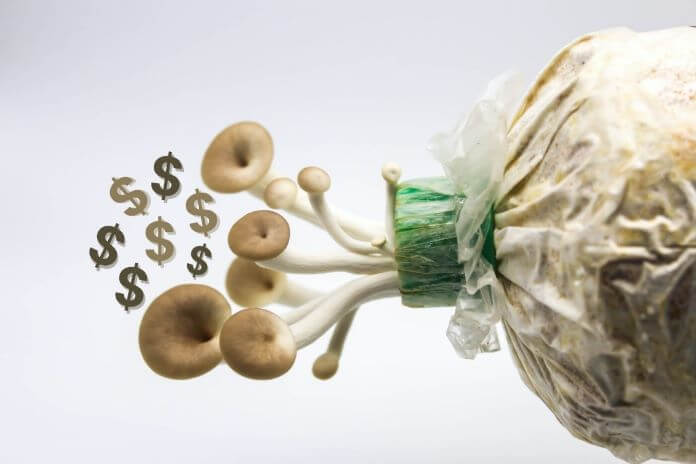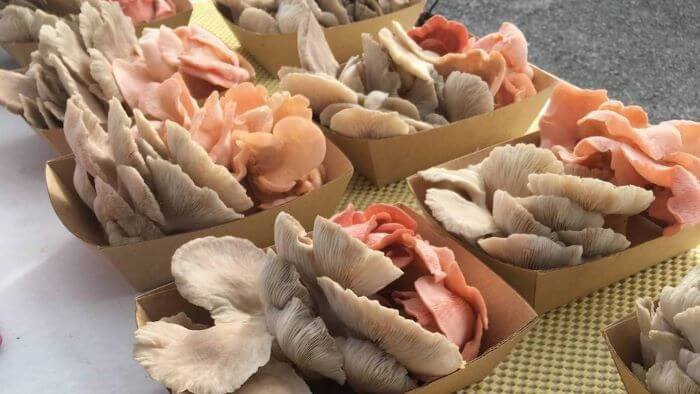Today, more people are beginning to see that mushroom is not only great for nutritional purpose but also serves as has lots of medicinal potentials. This has made many people start asking how they can turn it into business, asking ‘how to start a mushroom business.
Really, a mushroom business is a good business any young entrepreneur should consider, especially if you are a farmer. Not only does it require little space or land, but it also doesn’t need fertile soil to grow. It can grow on organic matter and independent of sunlight. Mushroom production can make a great source of additional income for farmers looking for a side business. Let’s see how you can get started with this business.
Steps to Starting Mushroom Business
Step 1: Plan your mushroom business
When starting out a business, the most important thing is to have a solid plan before opening the business. A clear plan will help you map out the specifics of the business and open your eyes to some unknowns. So when starting a mushroom business, you need to have a plan too.
Let your plan indicate what the startup costs will be, who your target market is, your pricing structure, and your marketing strategy. Don’t forget to be clear and thorough when writing your plan.
Step 2: Research to identify your target market
There is no point in starting a business when you don’t know who to sell to. Identify who your target market is before starting out. Ideally, your customer as a mushroom producer should be restaurants that depend on using locally sourced ingredients.
Targeting restaurants will make sure you get a regular and stable income from your business. A locally-sourced restaurant is more likely to want to buy its mushrooms from farmers in his area.
Step 3: Name your business
Choose the right name for your mushroom business. That is a very important step if you must succeed in the business. Get a name that is short and easy to remember. Just make sure the name is relevant to your mushroom business anyway.
When you finally settled for a name, go ahead and register the name. It is crucial you take a fast step on this so you won’t have someone else registered the name before you do.
Step4: Form a legal entity for the business
There are a variety of options opened to you when it comes to getting a legal entity for your mushroom business. Some of them include registering as sole proprietor, partnership, cooperation, and limited liability company (LLC). If you register your business as a corporation or LLC business entity, it offers premium protection to your personal assets in case something went wrong with your mushroom farm.
Step 5: Register for taxes and apply for permits and licenses
The next thing is to get your business on the good side of the law by registering for taxes and applying for necessary permits and licenses. In this case, you will need some state and federal taxes before you can start your mushroom business. To make that easier for you, you will need to first apply for your EIN.
Step 6: Buy your spawn and substrate
After you already get the legal and branding aspect of your business ready, the next thing is to go to the farm and start growing your mushrooms. To start your mushroom farm, you will need a spawn. You can either buy this or produce it yourself. But as a startup, we recommend you buy the ready-to-inoculate spawn from suppliers.
Then buy your substrate, on which your mushrooms are going to grow. You can use wood chips or straw for this.
Step 7: Prepare the substrate
If you get straw as your substrate (which we recommend for your mushroom business), you will need to chop it into short pieces. Then wet the straw. Heat the straw in boiling water and later drain to remove water from it. Then spread it out and let it cool down.
Step 8: Grow your mushroom
Next thing is to start putting the straws inside plastic bags and then sprinkle the spawn on top. After you have the bags filled with straws and spawns, next thing is to incubate it. At this stage, you will need a space where there is no natural light at all. The spawned straws should remain there until you start noticing a sign of growth near the air holes in your bag.
Step 9: Fruiting and harvesting
After the growth has started in the incubation room, next thing is to transfer them into a fruiting room. Here, you will a lot of natural light, unlike the incubation room. Your mycelium will need the light to promote its growth and force it into fruiting. Then cut away the bag to allow the mushroom to grow well.
When you start noticing that your mushrooms have started bringing out their caps, that is the time to harvest. Do that gently.
Step 10: Market your mushroom
Now that you have your mushroom ready for sales, you need to develop a solid and effective marketing strategy to sell them. Apart from getting your customers to buy from you the first time, you will also need a way to make them regularly come back to buy your mushroom.
You can either sell your mushroom offline or online through a website or social media. Both of them can serve as a good avenue to attract new clients or customers to the business.
You can now see that starting a mushroom business is not as tough as many people think. You just need to get the basics right and delve straight into making some extra cash from the mushroom business. Looking for another great business idea to start this year? You should see this post about how to start a beef jerky business. It’s also a wonderful post every young entrepreneur should give a try.








